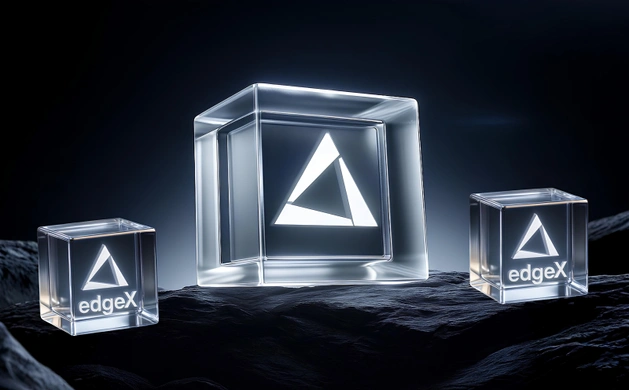How to Add a Network to MetaMask
%2520(2).webp)
Summary: You can easily add custom networks to your MetaMask wallet, either through the trusted ChainList aggregator or by manually entering verified network details.
This process enables users to interact with any layer 1 or layer 2 blockchain ecosystem directly through their MetaMask wallet. Users are advised to double check the RPC and Network IDs to ensure they are using the verified network.
ChainList is the most trusted aggregator of EVM-based Layer 1 and 2 networks. It allows users to instantly connect their MetaMask to verified Chain and Network IDs, ensuring a safe connection.
Supported Networks
100+ Layer 1 and Layer 2 chains
Development Team
Built by the Defillama team
Compatible Wallets
MetaMask only
Can I Add a Custom Network to MetaMask?
Yes, you can add a custom network to MetaMask, which is useful for accessing dApps on non-Ethereum networks. MetaMask supports networks compatible with the Ethereum Virtual Machine (EVM), including layer 1 and layer 2 blockchains. To configure a custom network, you need the correct Network ID and Chain ID, known as RPC details.
How to Add a Network to MetaMask
The most secure way to add an EVM-compatible network to your MetaMask wallet is by using ChainList, the leading aggregator backed by the team behind DeFiLlama, the top on-chain analytics tool. ChainList provides verified RPC and Network IDs, ensuring a reliable connection.
Here’s how to add a network using ChainList:
- Visit ChainList: Go to the ChainList website to begin.
- Connect MetaMask: Make sure your MetaMask wallet is linked to ChainList for a smooth process.
- Search for the Network: Enter the name of the network you wish to add in the search bar.
- Add the Network: Once you've located the network, click 'Connect Wallet' to securely add it to your MetaMask.

How to Manually Add a MetaMask Network
If a network isn’t available on ChainList, you can manually add it to your MetaMask wallet. First, find the verified Network ID and RPC information from the network's official developer documentation. Then, follow these steps:
- Open MetaMask: Access the MetaMask extension in your browser.
- Navigate to Networks: Click the network dropdown at the top of the MetaMask interface, then select "Add Network."
- Enter Network Details: You will need to input the Network Name, RPC URL, Chain ID, Currency Symbol, and Block Explorer URL.
- Save and Connect: After entering the required information, save the network, and your MetaMask wallet will connect to it.
By manually adding a network, you ensure a secure connection even if it’s not listed on ChainList. Always verify details through official sources to avoid any issues.

Can I Add Multiple Networks to MetaMask?
Yes, MetaMask allows you to add an unlimited number of networks, including both mainnet and testnet environments. This feature gives you the flexibility to interact with various blockchain ecosystems, particularly those compatible with the Ethereum Virtual Machine (EVM).
About MetaMask
MetaMask is a leading crypto wallet, trusted by over 30 million users globally. Available as a browser extension and mobile app, it provides secure access to blockchain applications with features like key vault, token wallet, and exchange. MetaMask ensures full user control by generating passwords and keys on your device, making it a vital tool for managing digital assets and exploring the decentralized web.

Bottom Line
In conclusion, adding custom networks to MetaMask is a straightforward process that enhances your ability to interact with various blockchain ecosystems. Whether using ChainList for a secure, automated setup or manually entering network details, ensuring you have accurate and verified information is key to maintaining a secure connection
%2520(1).webp)
Written by
Antony Bianco
Head of Research
Antony Bianco, co-founder of Datawallet, is a DeFi expert and active member of the Ethereum community who assist in zero-knowledge proof research for layer 2's. With a Master’s in Computer Science, he has made significant contributions to the crypto ecosystem, working with various DAOs on-chain.


.webp)
.webp)
%2520(1).webp)





